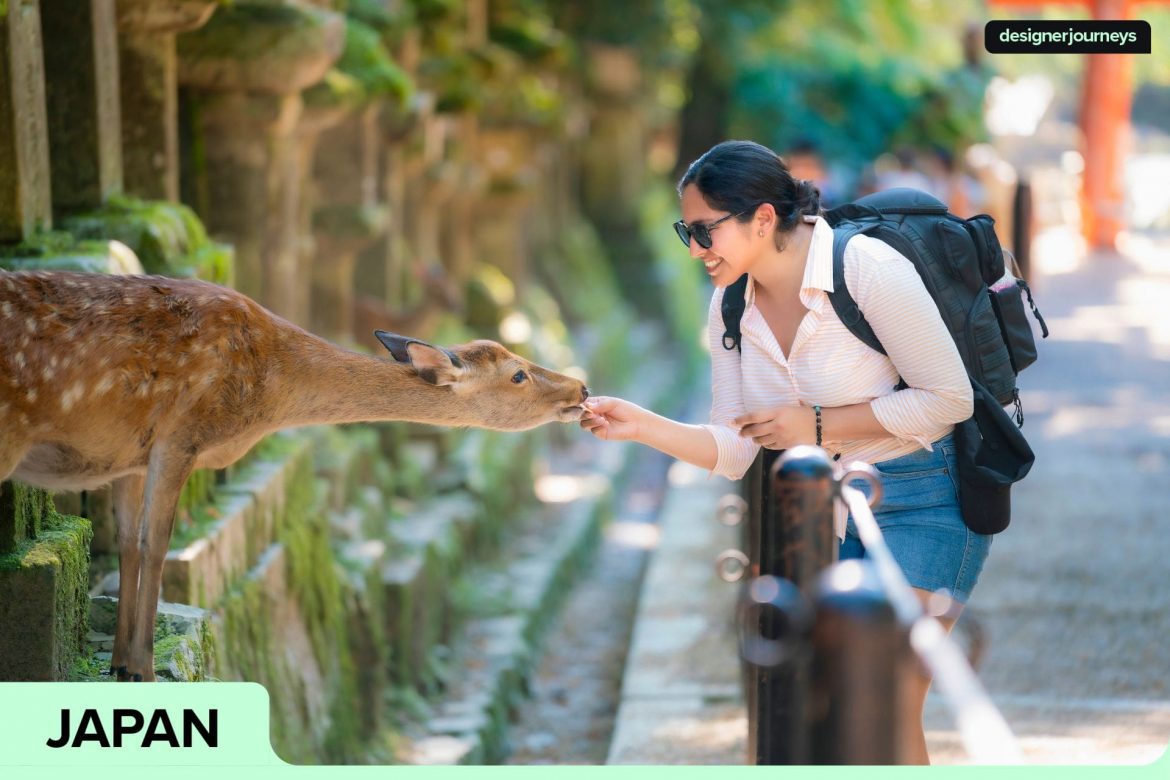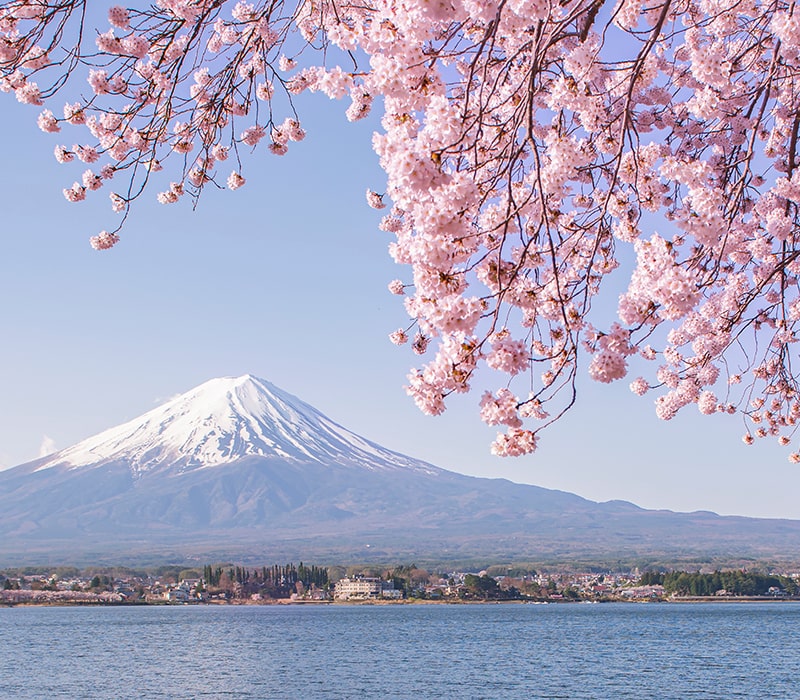Discover Nara City in Nara Prefecture—where world heritage sites, beautiful Japanese gardens, and the legacy of Japanese Buddhism come alive. Just a short train ride from both Kyoto and Osaka Station, this guide from Designer Journeys helps you design a seamless, unforgettable Nara day trip itinerary.
Post Contents
- Best Time to Visit Nara
- Top 10nar Things to do in Nara
- 1. Visit Todai-ji Temple
- 2. Wander Nara Park and Feed the Famous Deer
- 3. Explore Kasuga Taisha Shrine
- 4. Experience the Nara National Museum
- 5. Visit Kofuku-ji Temple
- 6. Discover Isuien Garden
- 7. Find Tranquillity in Nara’s Moss Garden
- 8. Experience an Authentic Tea Ceremony Garden
- 9. Savour Fresh Mochi and Persimmon Leaf Sweets
- 10. Unwind in a Luxury Ryokan with Hot Springs
- Practical Tips
- F.A.Qs
Best Time to Visit Nara
When planning your Nara day trip itinerary, timing can truly transform your experience. Nara Prefecture is a year-round destination, but each season brings its own unique charm and highlights:
- Cherry Blossom Season (Late March–Early April): This is arguably the most magical time to visit Nara. Stroll through Nara Park, Deer Park, and the temple grounds of Todai-ji Temple, Kofuku-ji Temple, and Kasuga Taisha Shrine beneath a canopy of delicate pink cherry blossoms. Both famous temples and beautiful Japanese gardens are especially photogenic, with local events celebrating the season.
- Autumn (Late October–Mid November): The historical significance of Nara is even more vivid as Japanese gardens and temple grounds glow with red maples and golden ginkgo leaves. Places like Isuien Garden, the Moss Garden, and paths to Kasuga Shrine become a showcase of borrowed scenery and natural artistry.
- Winter (December–February): Fewer crowds, clear air, and peaceful landscapes make winter an excellent time for a contemplative visit. Enjoy serene views at world heritage sites, sip matcha in a warm tea house, and even find special hot springs experiences in luxury ryokan. The famous deer look especially photogenic against the crisp scenery.
- Spring and Early Summer (May–June): Lush greenery returns to Nara City, and traditional festivals fill the air with excitement. Nara National Museum often hosts special exhibitions during this period, and the tea ceremony gardens are particularly lovely.
- Summer (July–September): While warmer, summer brings vibrant festivals, open-air events, and the lushest moss in the Moss Garden. Morning visits are recommended for a cooler, more comfortable experience.
No matter when you visit Nara, bring comfortable walking shoes and a sense of curiosity. With every season, the city’s world heritage sites, ancient temples, beautiful Japanese gardens, and famous deer offer new reasons to explore, discover, and design the perfect Nara adventure.
Top 10nar Things to do in Nara
1. Visit Todai-ji Temple
Start your journey at Todai-ji Temple, also known as the Great Eastern Temple—a UNESCO World Heritage Site and a highlight of any visit to Nara. Pass through the iconic Nandaimon Gate, one of the oldest surviving wooden structures in Japan, and step into the Great Buddha Hall (main hall). Here you’ll encounter the Vairocana Buddha, one of the largest bronze Buddha statues in the world. Don’t miss the chance to squeeze through the pillar known as the Buddha’s nostril for good luck!
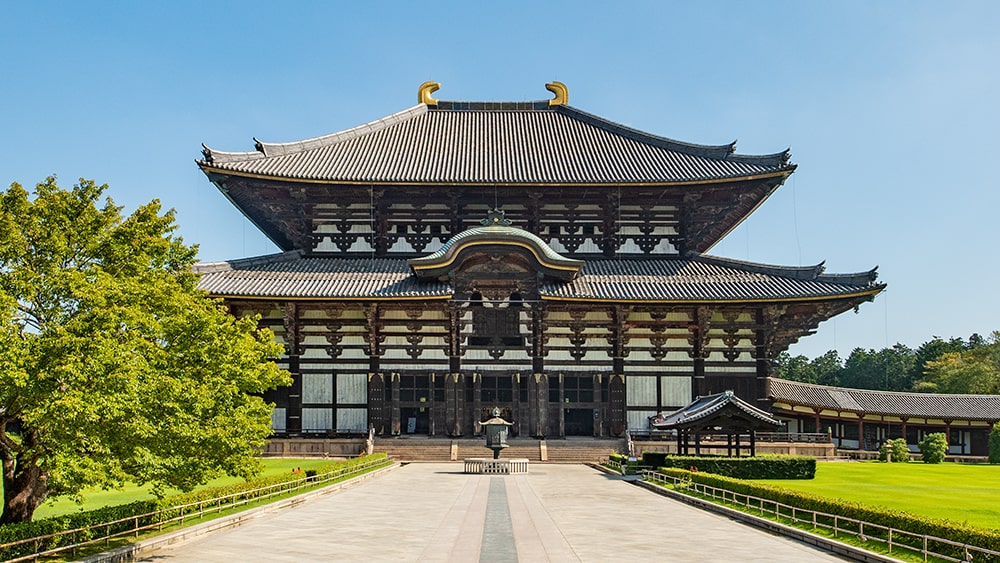
The Great Buddha Hall is the Main Hall of Tōdai-ji Temple.
Image source: Todai-ji Temple
2. Wander Nara Park and Feed the Famous Deer
Nara Park, also known as Nara Deer Park or simply Deer Park, is renowned for its population of over 1,200 free-roaming deer, which are regarded as messengers of the gods. Feed them deer crackers and stroll the vast lawns beneath cherry blossoms in season. The interaction is a favourite for families and kids—just be sure to wear comfortable walking shoes, as the park is expansive. The park is a must for any perfect Nara day trip and is just a short walk from Nara Station.
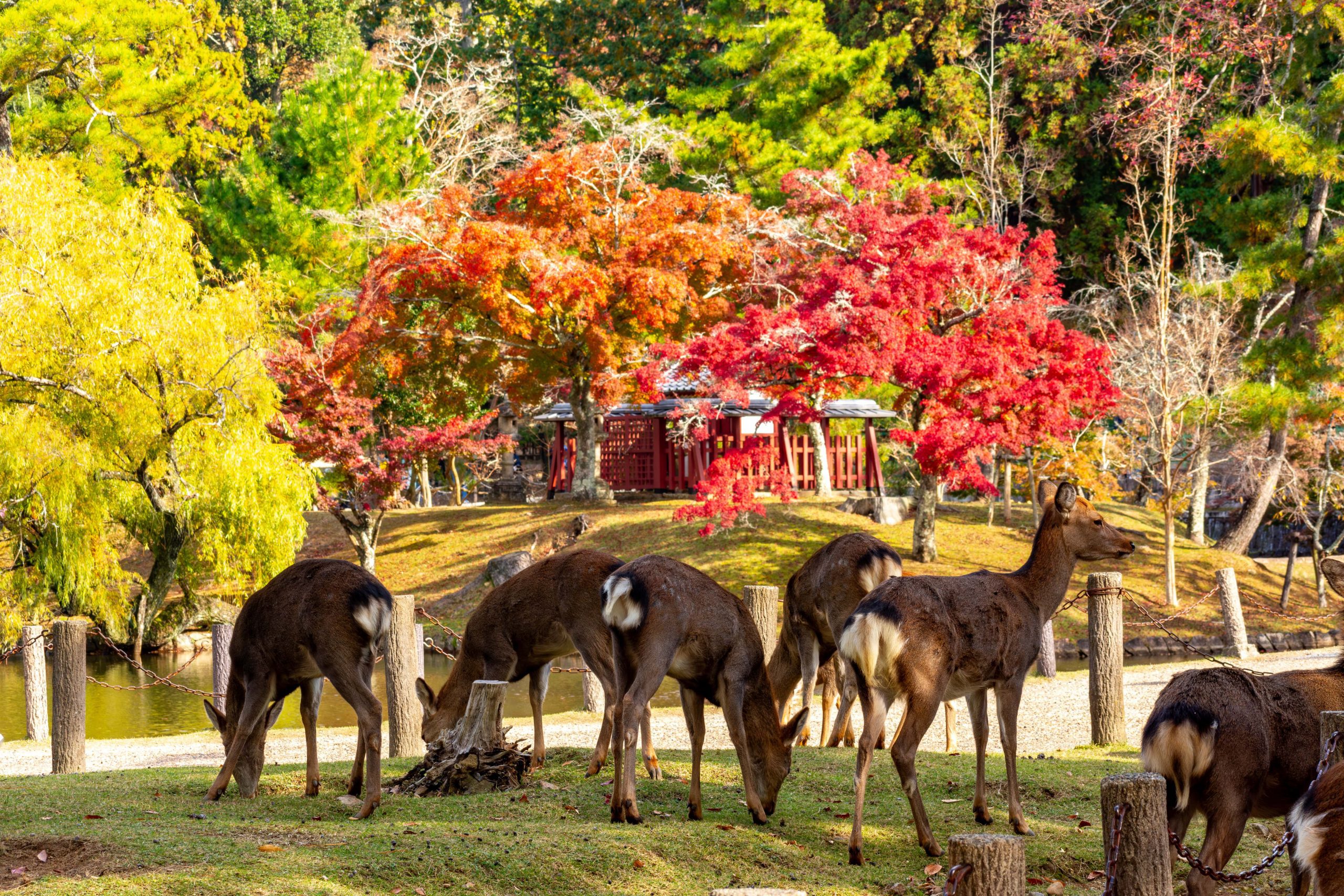
Wild deer in Nara Park.
3. Explore Kasuga Taisha Shrine
Kasuga Taisha Shrine, another UNESCO World Heritage Site, is celebrated for its thousands of bronze lanterns and hanging lanterns along mossy paths. Visit during a festival to see every lantern aglow, or come in quieter times for fewer crowds and an immersive connection with Japanese culture and spiritual history.
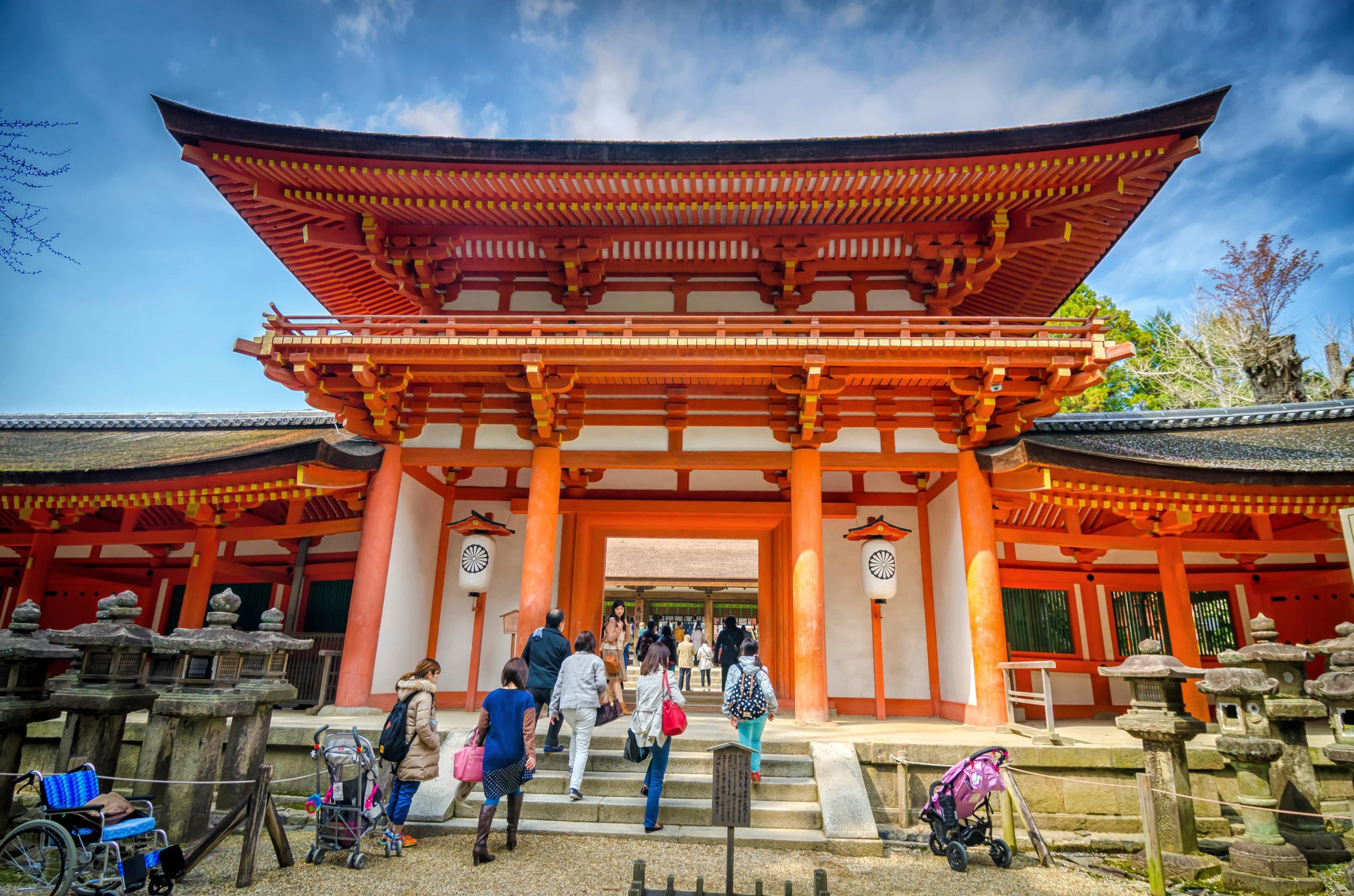
Kasuga Taisha Shrine in Nara.
4. Experience the Nara National Museum
The Nara National Museum is renowned for its incredible collection of Buddhist art and artefacts, offering insight into both the Nara Period and the Edo Period. Be sure to visit during special exhibitions to see rare treasures with immense historical significance.
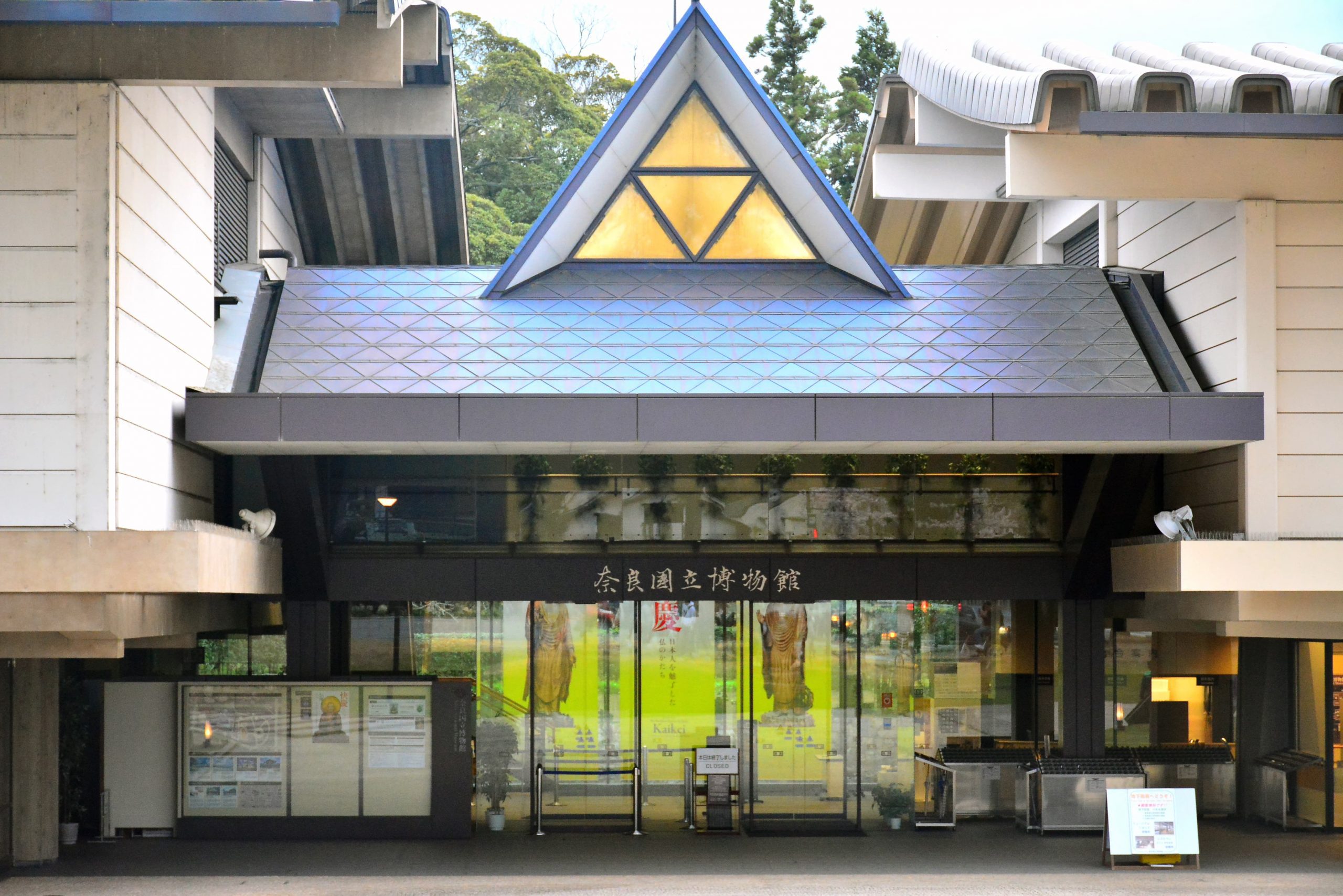
Nara National Museum facade in Nara. Credit: WE_S – stock.adobe.com
5. Visit Kofuku-ji Temple
Take a short walk from Nara Park to Kofuku-ji Temple (also spelt Kofukuji Temple), one of Nara’s most beautiful temples and a UNESCO World Heritage Site. Explore the temple grounds, including the Eastern Golden Hall, Central Golden Hall, and the striking Five Story Pagoda—all reminders of the city’s role as Japan’s permanent capital during the Nara Period.
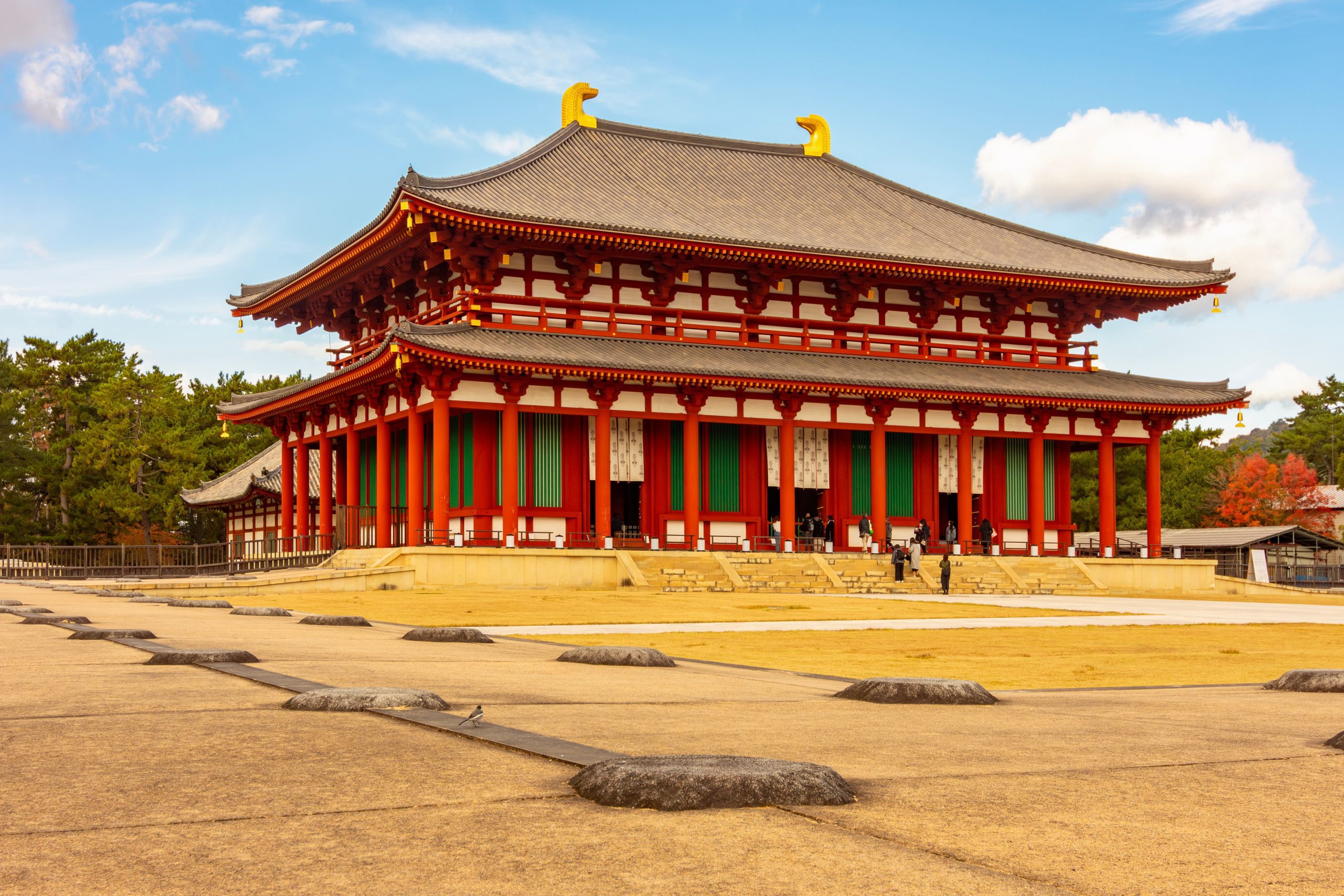
Kofuku-ji temple in Nara.
6. Discover Isuien Garden
Isuien Garden, a Japanese garden founded in the Edo Period, is a tranquil retreat known for its borrowed scenery—artfully framing Todai-ji’s Great Buddha Hall and the Five Story Pagoda in the background. Enjoy quiet tea houses, serene ponds, and seasonal blooms.
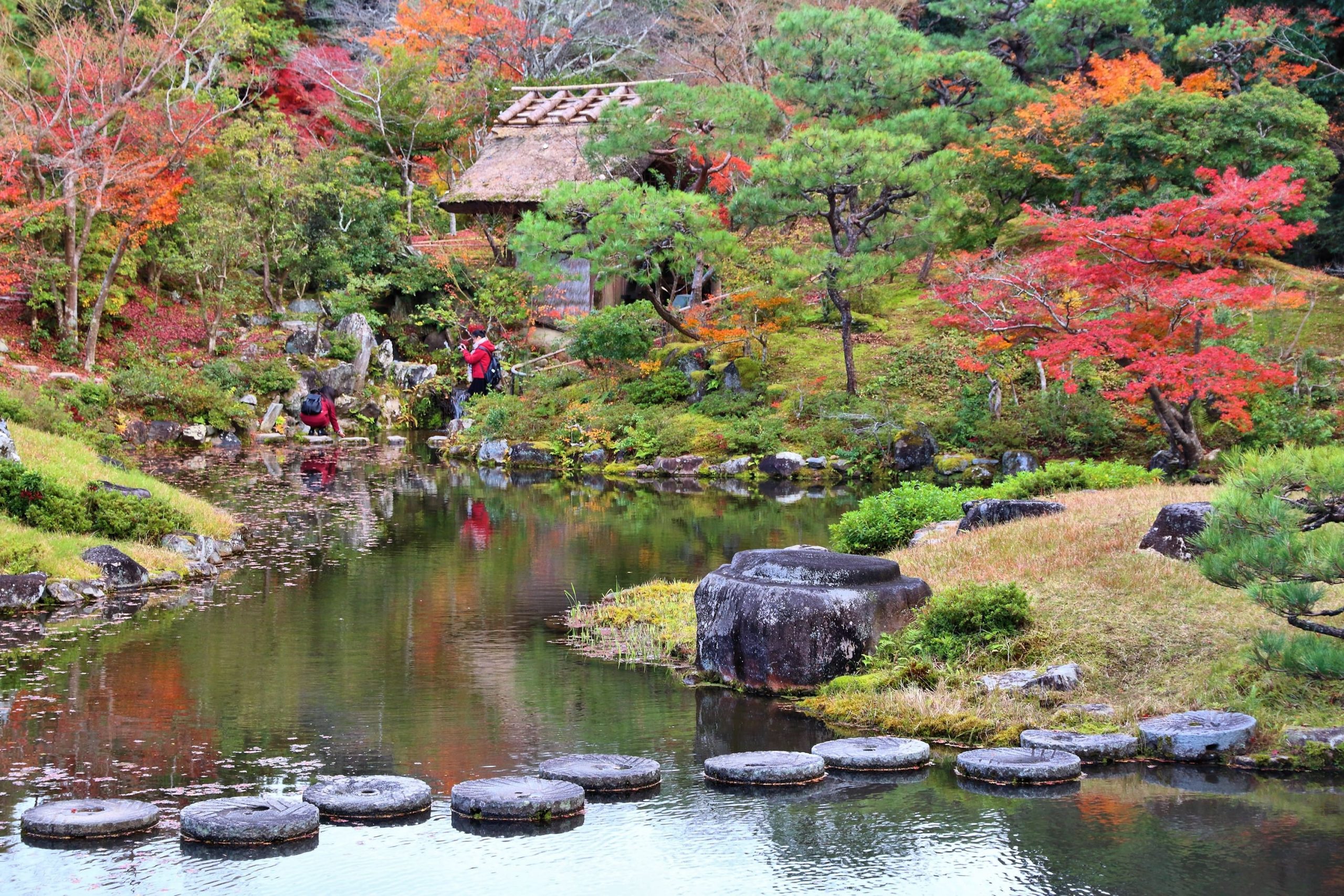
Isuien Garden in Nara.
7. Find Tranquillity in Nara’s Moss Garden
Step off the beaten path and relax in the Moss Garden, a hidden gem offering peaceful walks and a soft green landscape. Photographers and solo travellers love its quiet, meditative ambience and gentle beauty.
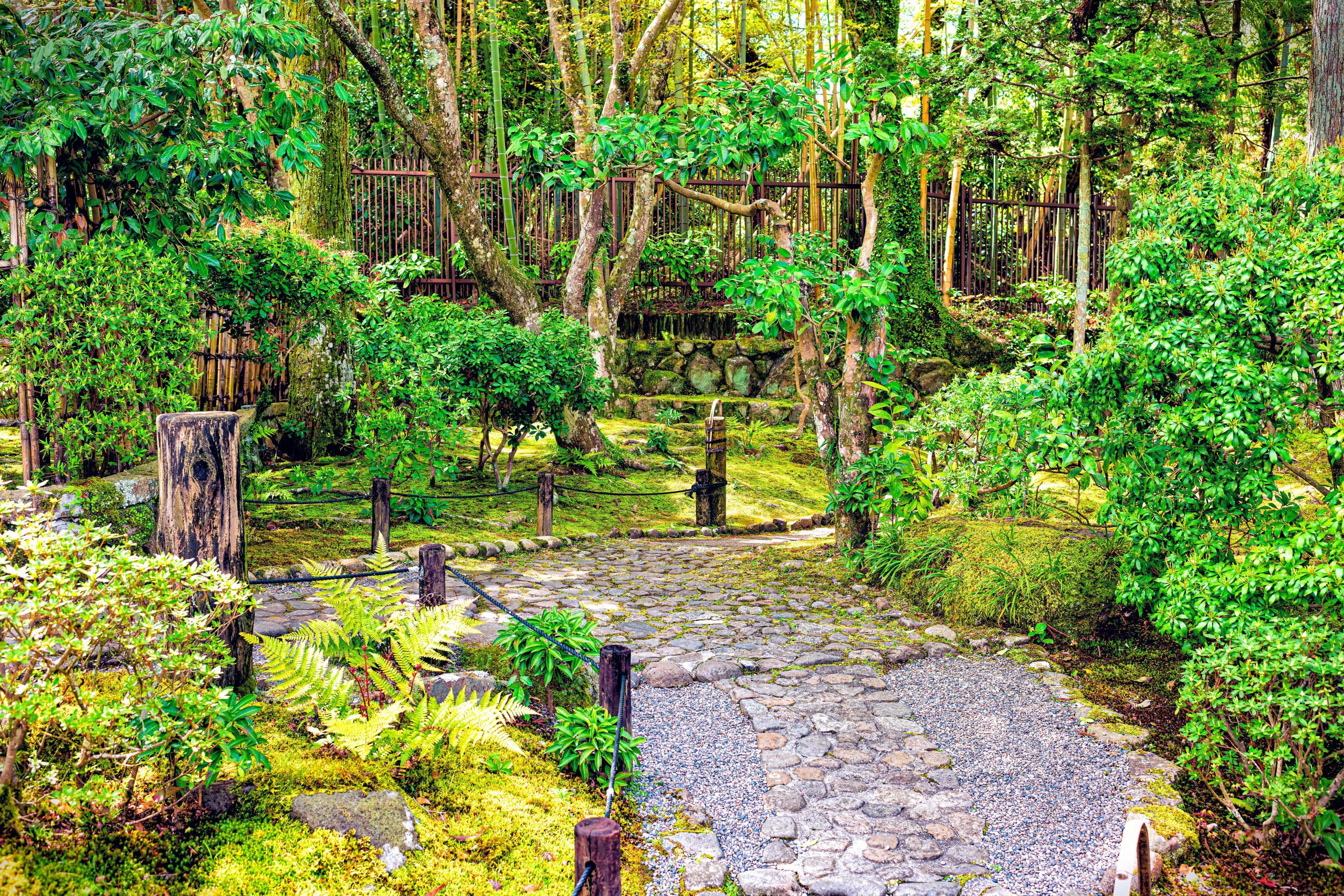
Traditional moss Yoshikien garden during spring.
8. Experience an Authentic Tea Ceremony Garden
Participate in a traditional Japanese tea ceremony in one of Nara’s exquisite tea ceremony gardens. Expert hosts will guide you through every detail, serving matcha and delicate wagashi in beautiful tea houses set amid Japanese gardens—a true immersion in Japanese culture.
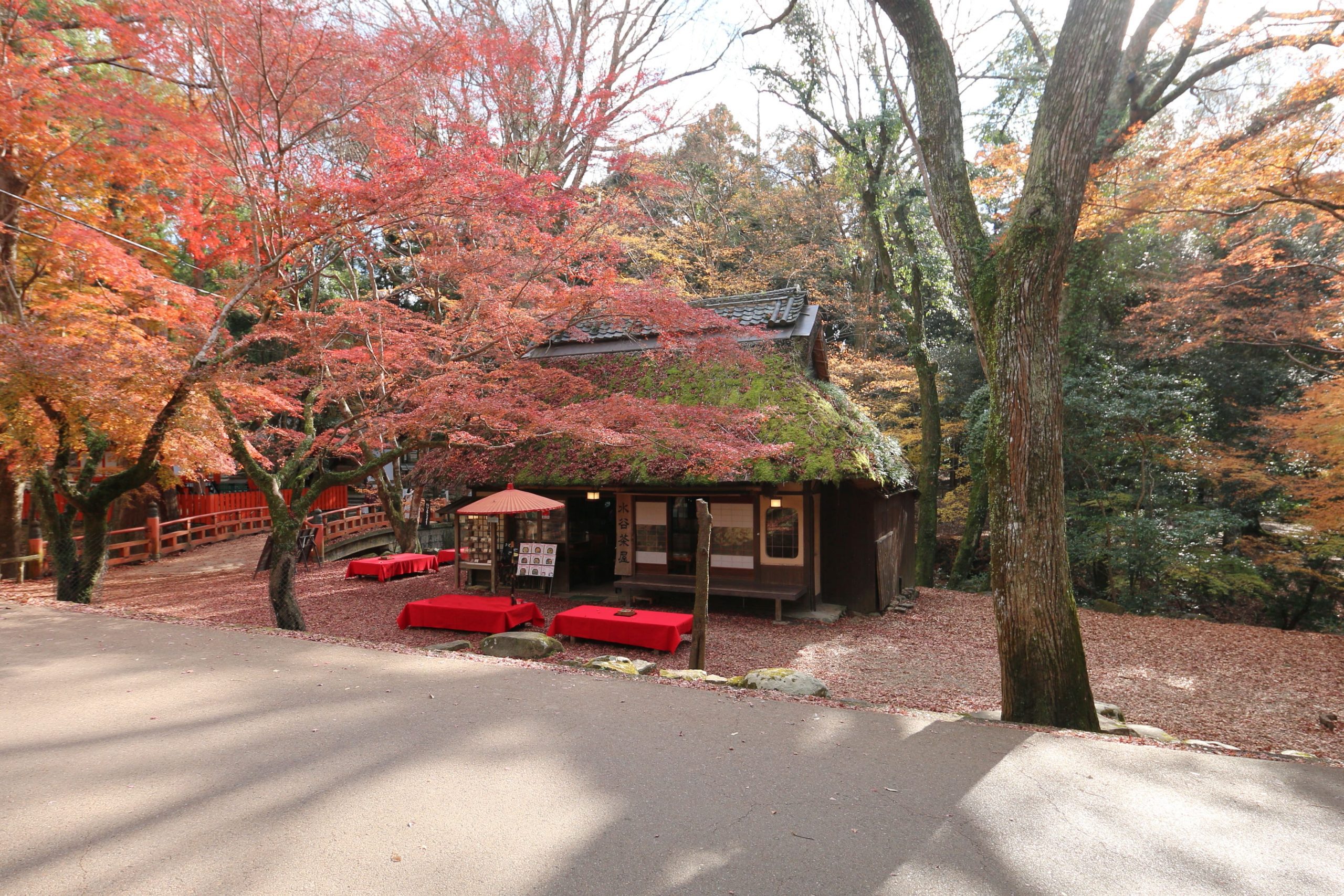
Mizutani Chaya in Nara Park in autumn.
9. Savour Fresh Mochi and Persimmon Leaf Sweets
Nara is known for its fresh mochi, often pounded in live demonstrations near the train station. Don’t miss the chance to try traditional persimmon leaf-wrapped sweets—a local delicacy reflecting the flavours of Nara Prefecture.
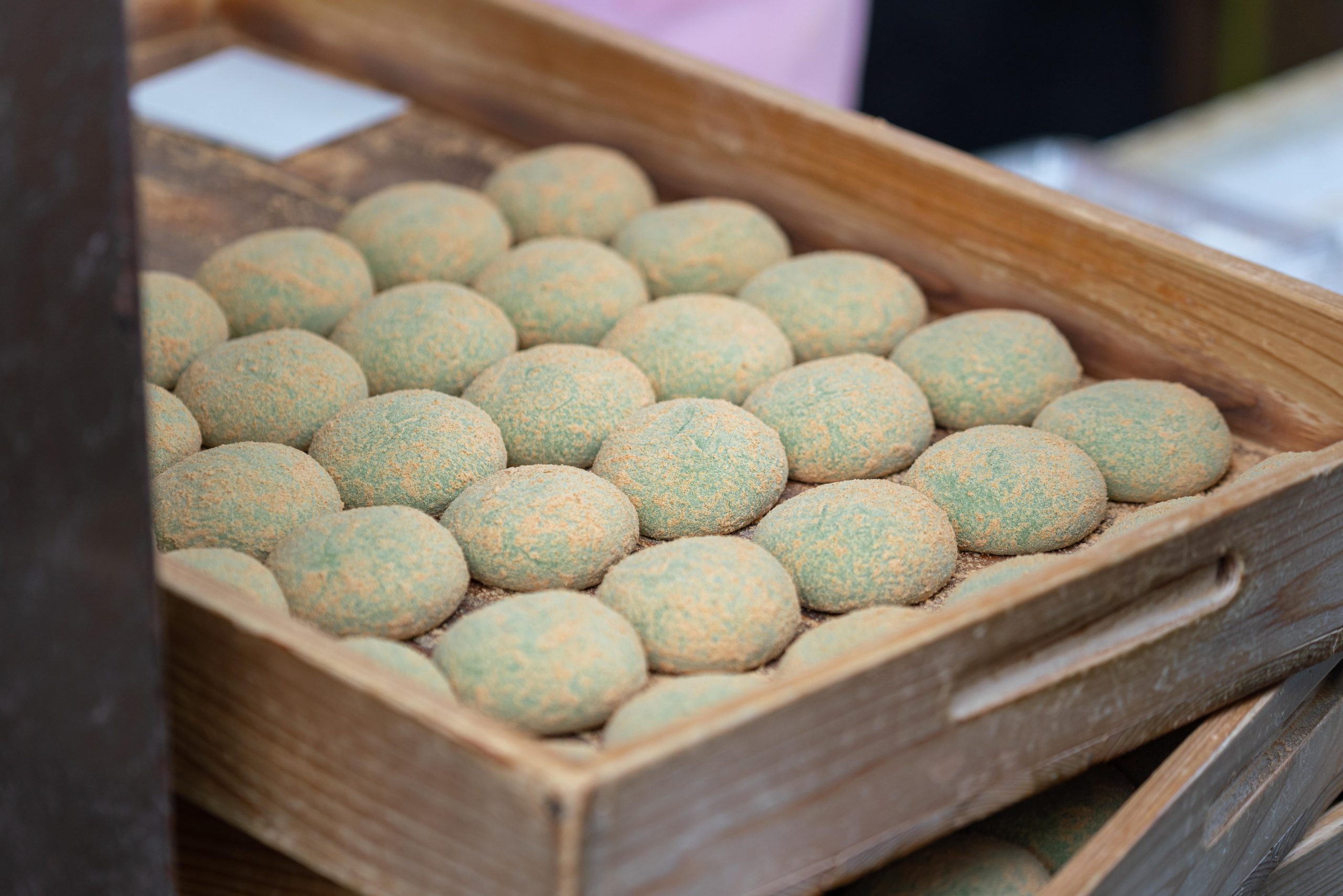
Green tea mochi with red bean rice ball, famous sweet food of Nara.
10. Unwind in a Luxury Ryokan with Hot Springs
Enhance your visit to Nara by staying in a luxury ryokan. Soak in hot springs, enjoy kaiseki cuisine, and relax in rooms designed with seamless comfort in mind. Many ryokan offer views of Japanese gardens and provide a serene end to a day of discovery.
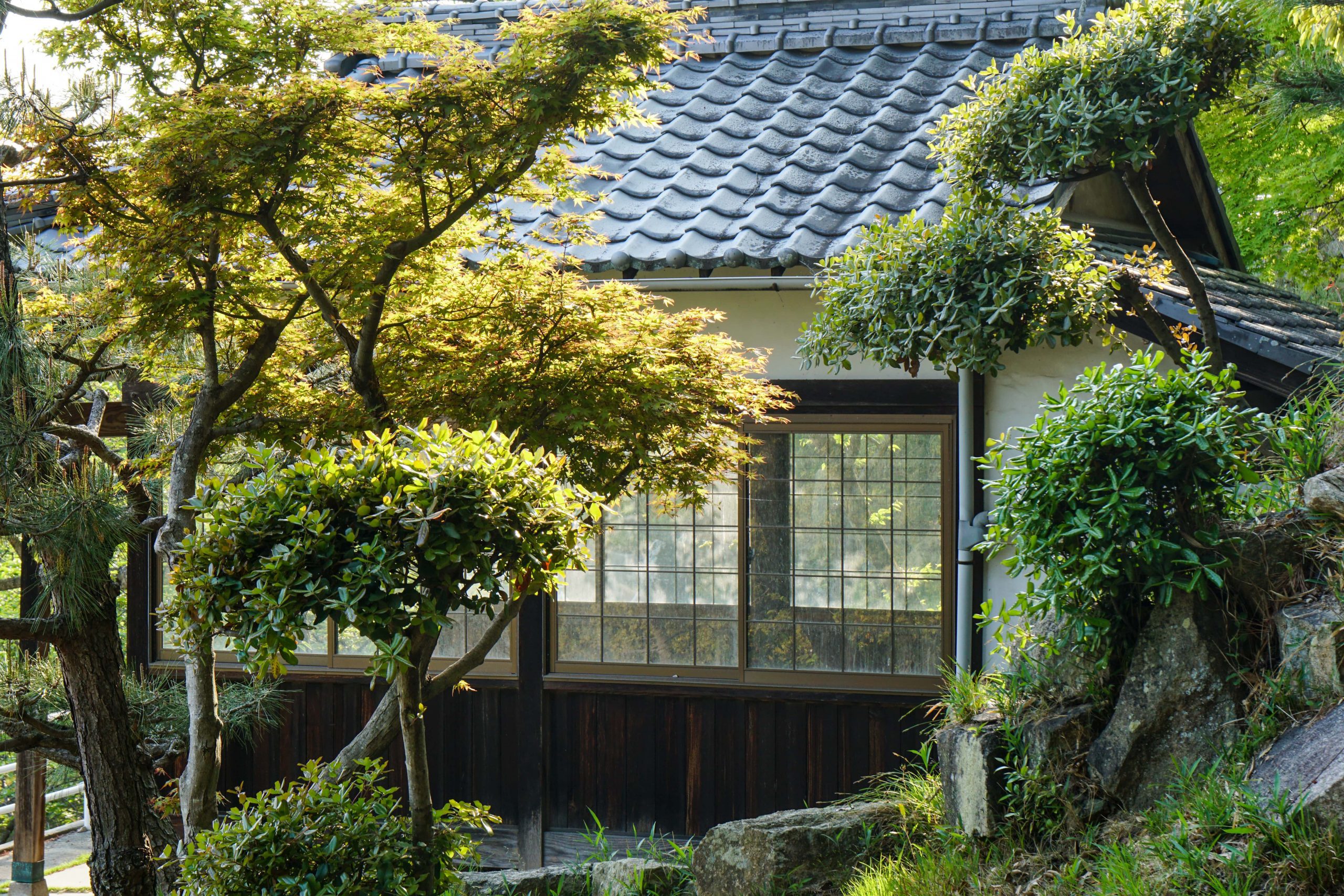
Ryokan in Japan.
Practical Tips
- Getting There: Nara City is easily accessible via a short train ride from both Kyoto and Osaka Stations. Most visitors arrive at Nara Station or Kintetsu-Nara Station, both conveniently located near major world heritage sites and temple grounds.
- Planning Your Itinerary: Many highlights are just a short walk from each other—Todai-ji Temple, Kofuku-ji Temple, Nara Park, Kasuga Taisha Shrine, and the Nara National Museum all cluster in the heart of the city. For a seamless visit, follow a curated Nara day trip itinerary to maximise your time and discover fewer crowds in the early morning.
- What to Bring: Comfortable walking shoes are a must—expect to spend time exploring beautiful Japanese gardens, temple grounds, and even gentle slopes if you add Mt. Wakakusa to your plans. Carry cash for small purchases like deer crackers, fresh mochi, and entrance fees to gardens and museums.
- Local Etiquette: When feeding the famous free-roaming deer in Nara Deer Park, use only the official deer crackers and handle the deer with care—they are cherished as a symbol of Nara Prefecture’s spiritual heritage. Respect the peaceful atmosphere of temple grounds and tea ceremony gardens; photography may be restricted in some indoor areas.
- Food and Refreshments: Try local treats such as fresh mochi, persimmon leaf sweets, and seasonal specialities sold by street vendors near the main hall of Todai-ji Temple and around Nara Park. Enjoy a meal in a traditional tea house or a luxury ryokan—many serve dishes inspired by Japanese Buddhism and local produce.
- Seasonal Tips: Bring layers if visiting in spring or autumn—mornings and evenings can be cool, especially in the moss garden or temple grounds. During cherry blossom season, arrive early to secure the best views and photos of Nara’s famous deer beneath the blooms.
F.A.Qs
What not to miss in Nara?
Don’t miss Todai-ji Temple’s Great Buddha Hall, the giant bronze Vairocana Buddha, free-roaming deer in Nara Park, the Five-Story Pagoda at Kofuku-ji Temple, Kasuga Taisha Shrine’s bronze lanterns, and the tranquil beauty of Isuien Garden and its tea houses.
What to do in Nara for a day?
Start at Nara Station, visit Todai-ji Temple, stroll through Nara Park to feed the famous deer, explore Kofuku-ji Temple and Kasuga Taisha Shrine, and relax in a Japanese garden like Isuien or Yoshiki-en. Sample fresh mochi and enjoy local tea ceremony experiences.
Is Nara really worth visiting?
Absolutely—Nara is a UNESCO World Heritage Site packed with historical significance, beautiful temples, Japanese gardens, and unique experiences like interacting with free-roaming deer. A visit to Nara is essential for anyone wanting to experience authentic Japanese culture.
How much time do I need in Nara?
A single day is enough to see the highlights on a perfect Nara day trip itinerary, especially if you start early. For a more relaxed pace and fewer crowds, or to enjoy hot springs and evening lanterns, consider staying overnight in Nara Prefecture.
Design Your Seamless Nara Experience
Ready to visit Japan and discover the best of Nara Prefecture? Let Designer Journeys create your personal itinerary—complete with world heritage sites, beautiful temples, local insight, and 24/7 support. Bring your walking shoes, sense of wonder, and let Nara’s ancient heritage, famous deer, and Japanese gardens inspire every step of your journey. Visit Nara—where every moment is expertly crafted for you.
Visit Japan in another place? Check out our guide for your best travel inspiration.
